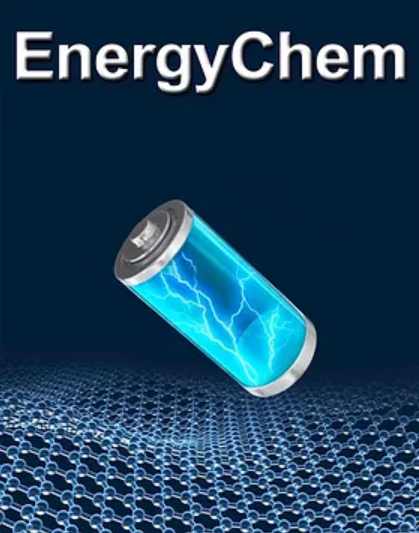透射电子显微镜在能源化学中的应用与展望
IF 23.8
Q1 CHEMISTRY, MULTIDISCIPLINARY
引用次数: 0
摘要
能源相关技术的快速发展导致了越来越复杂的材料系统,具有层次结构、异质界面和动态行为。透射电子显微镜(TEM)以其无与伦比的空间分辨率、成像多功能性和分析能力,通过在原子尺度上直接可视化结构-性质关系,为这些系统提供了独特的见解。本文综述了现代透射电镜和扫描透射电镜(STEM)技术在能源化学中的重要作用。我们介绍了关键的成像模式,以及互补的光谱和基于衍射的表征方法。主要介绍了三大类能源材料的代表性应用:能量转换材料、能量存储系统和用于催化和分离的纳米多孔材料。这些例子说明了仔细选择成像模式和剂量控制策略如何能够进行有意义的结构分析,即使对于高度光束敏感或亚稳态系统也是如此。最后,我们展望了未来的发展方向,解决了目前的局限性,并强调需要低剂量、原位/操作、三维和基于衍射的方法来探测实际操作条件下的结构复杂性。本文章由计算机程序翻译,如有差异,请以英文原文为准。
Transmission electron microscopy in energy chemistry: Current applications and future perspectives
The rapid advancement of energy-related technologies has led to increasingly complex material systems featuring hierarchical structures, heterogeneous interfaces, and dynamic behavior. Transmission electron microscopy (TEM), with its unparalleled spatial resolution, imaging versatility, and analytical capabilities, provides unique insights into these systems by enabling direct visualization of structure–property relationships at the atomic scale. This review highlights the essential role of modern TEM and scanning TEM (STEM) techniques in energy chemistry. We introduce key imaging modalities alongside complementary spectroscopic and diffraction-based characterization methods. Representative applications are presented across three major categories of energy materials: energy conversion materials, energy storage systems, and nanoporous materials for catalysis and separation. These examples illustrate how careful selection of imaging modes and dose control strategies enables meaningful structural analysis, even for highly beam-sensitive or metastable systems. We conclude with an outlook on future directions, addressing current limitations and emphasizing the need for low-dose, in situ/operando, three-dimensional, and diffraction-based approaches to probe structural complexity under realistic operating conditions.
求助全文
通过发布文献求助,成功后即可免费获取论文全文。
去求助
来源期刊

EnergyChem
Multiple-
CiteScore
40.80
自引率
2.80%
发文量
23
审稿时长
40 days
期刊介绍:
EnergyChem, a reputable journal, focuses on publishing high-quality research and review articles within the realm of chemistry, chemical engineering, and materials science with a specific emphasis on energy applications. The priority areas covered by the journal include:Solar energy,Energy harvesting devices,Fuel cells,Hydrogen energy,Bioenergy and biofuels,Batteries,Supercapacitors,Electrocatalysis and photocatalysis,Energy storage and energy conversion,Carbon capture and storage
 求助内容:
求助内容: 应助结果提醒方式:
应助结果提醒方式:


